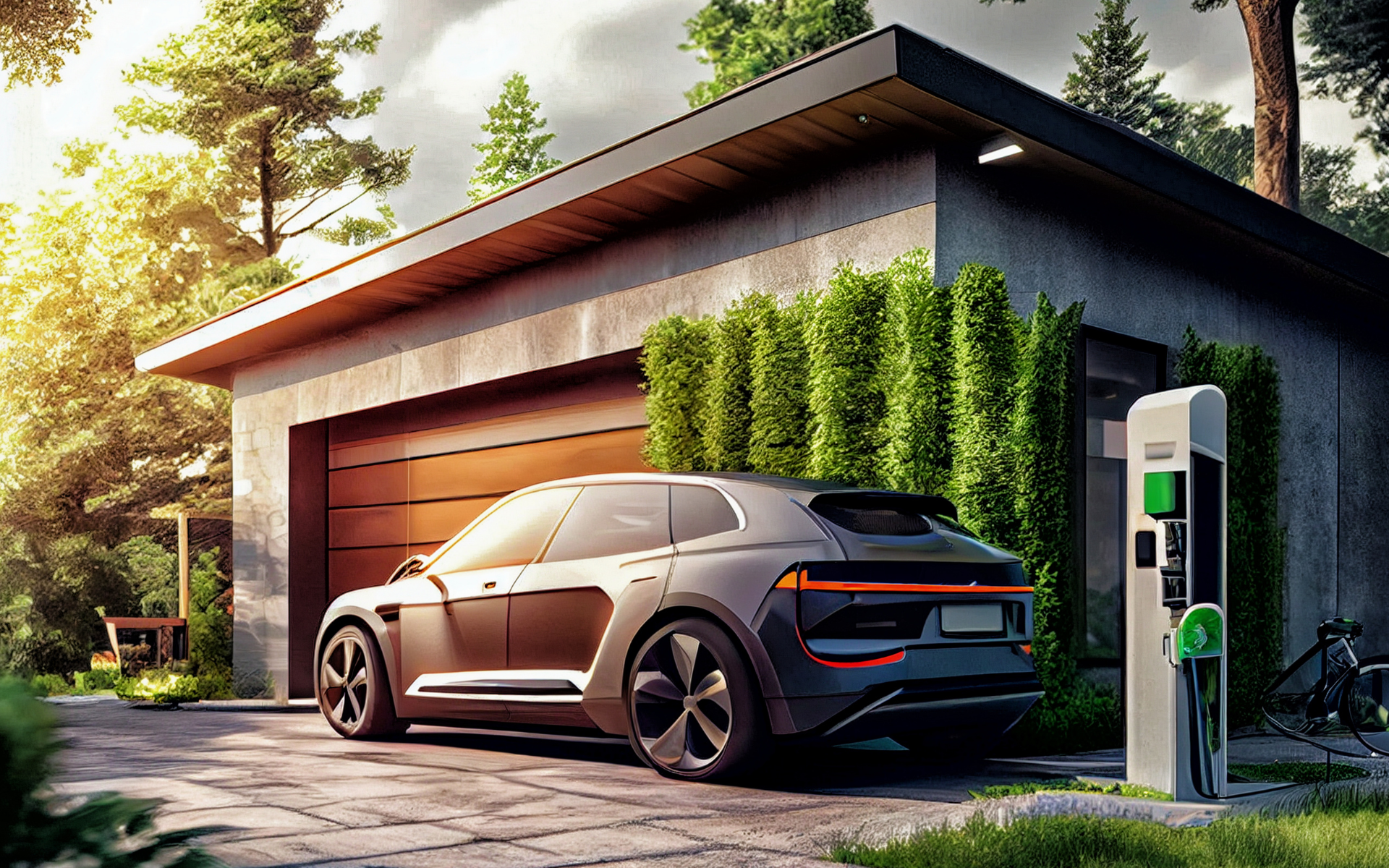Bidirectional Charging Can Make America EV-Ready and Usher in a New Energy Era

3 Min. Read
The EV sector is surging: EV registrations nationwide grew 57 percent during the last nine months of 2022 compared to the same period the prior year, according to Experian Automotive. In California, EVs are projected to account for almost 18% of all new car sales, up from less than 3% just five years ago.
General Motors, meanwhile, has said it will stop selling gas-powered cars and light trucks by 2035, while California’s governor issued an executive order requiring sales of all new passenger vehicles to be zero-emission by the same year. New York has since followed suit with a similar announcement.
The Inflation Reduction Act has also extended the $7,500 tax rebate on new EV purchases, which could prompt more buying, and most automakers are rushing more models to market at lower prices to attract new customers.
What Are the Advantages of Bidirectional Charging?
With all this momentum for EVs, the question is not if they will become mainstream, but rather how will the nation’s grid and charging infrastructure handle it when they do? Fortunately, new EV- charging technologies will turn EVs into a net-positive for the grid.
Any EV can store the grid’s electrical power for operating the vehicle. Bidirectional technology gives EVs the ability to not only draw power into the car but, as the name implies, push out power to other sources. This may not sound revolutionary, but it opens new possibilities for how society creates and manages energy. For starters, smart bidirectional charging can charge the vehicle when excess energy is available on the grid for efficient storage. During periods of peak-energy demand, energy can be exported from the car’s battery back to the home, business, or grid, thus becoming a net-contributor to energy production. During power outages, this technology can be paired with on-premise solar panels to transform the home or business into a closed-loop “nano-grid” that is independent of the utility grid.
To underscore the game-changing potential here, consider that Volkswagen once boasted that by 2025 it’s bidirectional EV fleet would provide more power than is currently generated by all the world’s hydroelectric plants, and that Japan utilized a fleet of Nissan LEAFs as literal life-saving equipment after the 2011 Fukushima earthquake and 2019 typhoon Faxai.
The challenge is that most EVs on the road today aren’t compatible with a bidirectional charger. Further, most consumers aren’t aware of this new capability. Without that awareness, they can’t create the groundswell of demand that makes industry sit up and take notice.
Where Do We Go From Here?
There’s no reason why this can’t change. With climate rising as an electoral issue and with more Americans switching to EVs, a seminal moment is being created for automakers, dealers, utilities, climate groups, and governments to come together to make bidirectional technology a feasible and essential part of a new energy-automotive ecosystem.
Utilities can start to educate consumers as part of their broader efforts to become more customer-centric. Governments should offer incentives and rebates for consumers to choose bidirectional chargers. Automakers should ensure that a portion of their new EV models have batteries that accommodate bidirectional charging, with contingency plans to quickly scale up should the idea prove popular.
The key is to act now before the surge in EVs really hits — to help facilitate, rather than accidentally impeding, the development of bidirectional technology. Otherwise, most of the new EVs on the road over the next five years will only be able to draw power and not redirect it to other sources. Without education and encouragement, bidirectional charging will remain the promising “technology of tomorrow,” rather than the life-saving “technology of today.”
That will not only be a missed opportunity in terms of relieving pressure on the grid but also bottleneck our ability to branch out into new forms of energy creation and management. A new era of widespread clean energy use may thus remain stubbornly fixed on the more distant horizon.
